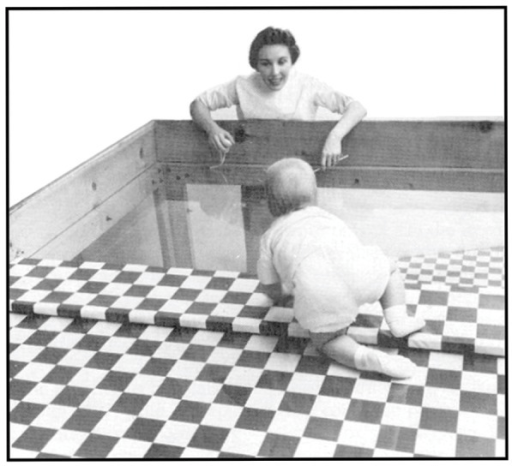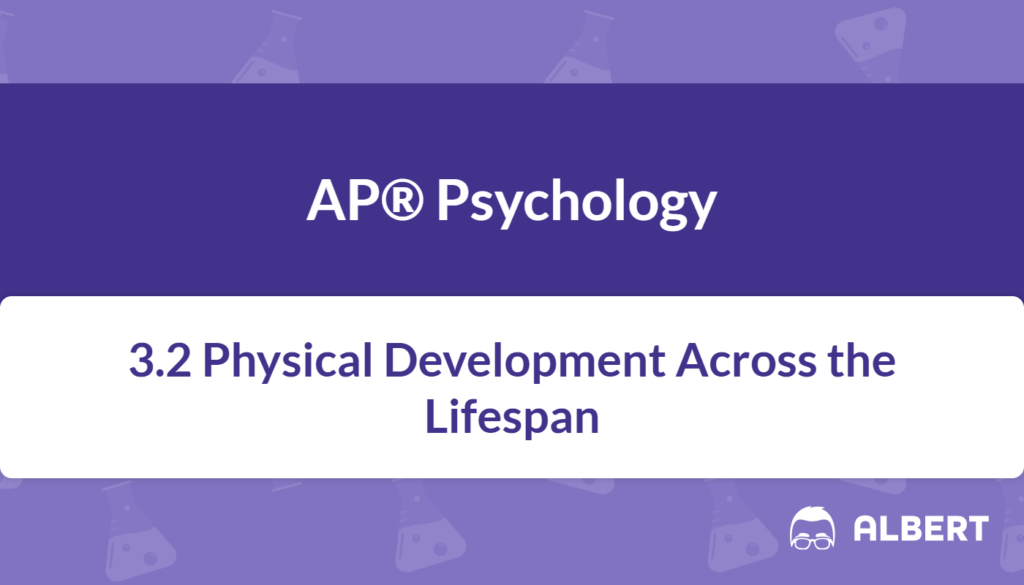Physical development moves through distinct changes from before birth all the way into late adulthood. These shifts influence not only the body but also behavior and mental processes. Therefore, learning about growth patterns and milestones can clarify how individuals adapt and change.
Below is an overview of each stage. The sections include examples that illustrate core ideas and step-by-step breakdowns, ensuring clarity and real-world connections.
What We Review
Introduction
Physical development is a fundamental aspect of human growth. It shapes movement, perception, and overall health. Consequently, each life stage introduces new abilities and challenges that affect learning, socialization, and mental well-being.
Moreover, physical development is closely tied to behavior. For example, a child who gains better coordination can explore their surroundings more confidently. As a result, comprehension of physical milestones provides insights into psychological changes, such as shifts in self-confidence or the ability to handle multiple tasks.
Physical Development Before Birth
Overview of Prenatal Physical Development
Before birth, the body undergoes rapid changes. During this period, cells multiply and form specialized structures, including the brain and heart. Although the specific stages of prenatal development (zygote, embryo, and fetus) are not tested on certain exams, it is still important to know how outside factors can influence early growth.
Factors Influencing Development
Several key factors can disrupt or enhance prenatal development:
- Teratogens: Substances like drugs or alcohol that can harm a developing baby.
- Maternal Illness: Certain infections can cross the placental barrier, affecting fetal health.
- Genetic Mutations: Spontaneous changes in genes can alter physical traits.
- Hormonal and Environmental Factors: Maternal stress hormones or exposure to environmental toxins (like pollution) can influence fetal growth.
Hence, understanding how these factors affect development can help explain variations in behavior and cognition that appear early in life.
Example: The Impact of Teratogens
Teratogens, such as certain medications, can harm prenatal development. Consider a scenario in which a pregnant individual consumes alcohol frequently.
Step-by-Step Explanation:
- During crucial periods of development, cells are forming vital organs and structures.
- Alcohol crosses the placenta and disrupts normal cell growth in the fetus’s brain.
- The baby may be born with low birth weight or developmental delays.
- Over time, learning difficulties or behavioral challenges may arise.
Practice Problem:
A pregnant individual takes a medication known to be a teratogen. Which factor would most likely be affected?
(A) The hair color of the baby
(B) The development of the baby’s brain
(C) The choices of birth partner
(D) The choice of clothing for the infant
Answer: (B) The development of the baby’s brain.
Physical Development in Infancy and Childhood
General Timeline of Physical Development
Infancy and childhood are marked by steady growth in weight, height, and coordination. Although most children follow a similar sequence (rolling over, crawling, walking), the timing may vary. Therefore, some may walk earlier, and others may speak sooner.
Milestones: Fine and Gross Motor Skills
- Gross Motor Skills: Involve larger muscles (e.g., walking, running).
- Fine Motor Skills: Rely on smaller muscles (e.g., picking up objects, drawing).
Children typically achieve gross motor skills first, then refine control over small muscle groups.
Reflexes and Their Significance
Newborns display built-in reflexes such as the rooting reflex, which helps them find the breast or bottle. These reflexes demonstrate that certain physical responses are present from the start and indicate normal neurological development.
Depth Perception in Infants (Visual Cliff Experiment)
When placed on a glass table with a visible “cliff,” most infants hesitate to cross. Consequently, this suggests that babies can perceive depth earlier than might be expected. Researchers use this setup to see how infants respond to perceived drops, revealing that certain perceptual skills are present in infancy.

Sensitive Periods in Development
Sensitive periods are windows of time when the brain is highly responsive to new information. For instance, language acquisition is typically easier in early childhood. Once that sensitive period has passed, acquiring native-level fluency in a new language becomes more difficult.
Example: Fine Motor Skill Development
Consider a toddler learning to grasp and draw with a crayon.
Step-by-Step Explanation:
- Arm muscles develop enough strength to hold a crayon.
- The toddler uses wrist and hand movements to shape random circles on paper.
- Over time, finger dexterity improves, allowing steadier lines.
- Better control over forearm rotations allows more detailed drawings.
Practice Problem:
A four-year-old child can trace basic letters. Which skill contributes most to this achievement?
(A) An advanced understanding of language rules
(B) Gross motor ability in the legs
(C) The development of fine motor coordination
(D) Lack of environmental stimulation
Answer: (C) The development of fine motor coordination.
Physical Development in Adolescence
Overview of Adolescent Physical Changes
Adolescence involves major shifts in height, weight, and overall physical capabilities. The transition from childhood to adulthood can bring rapid growth that may cause awkwardness while the body adjusts.
Milestones: Growth Spurts and Puberty
- Growth Spurt: An accelerated gain in height and weight.
- Puberty: The stage when individuals develop reproductive capabilities.
These changes can include increased muscle mass, changes in the distribution of body fat, and the onset of menarche in females or spermarche in males.
Development of Primary and Secondary Sex Characteristics
Primary sex characteristics refer to reproductive organs (e.g., ovaries, testes), while secondary sex characteristics involve nonreproductive traits like body hair and deeper voices in males. Consequently, adolescents may experience social and emotional changes tied to these physical developments.
Example: Understanding Puberty
Consider a scenario in which a young adolescent experiences a sudden boost in height and the development of secondary sex characteristics.
Step-by-Step Explanation:
- Hormonal levels change, stimulating the release of sex hormones.
- Growth plates in bones respond, leading to a rapid increase in height.
- Secondary sex characteristics—such as voice deepening—appear.
- Social and emotional responses often shift with these body changes.
Practice Problem:
Which milestone signals the onset of reproductive ability in females?
(A) The growth of body hair
(B) Menarche
(C) The final growth spurt
(D) Changes in bone density
Answer: (B) Menarche.
Physical Development in Adulthood
Overview of Adulthood and Its Stages
Adulthood spans most of the human lifespan, from early adulthood to older age. Early adulthood often involves peak physical performance, while middle adulthood may bring gradual changes in flexibility and endurance. In late adulthood, individuals often experience more noticeable shifts in mobility and sensory abilities.
Changes in Physical Abilities
- Reproductive Health: Fertility declines with age. Menopause signifies the end of reproductive possibilities in females.
- Mobility: Joints may become stiffer, and muscle mass can decrease without regular exercise.
- Sensory Acuity: Reading glasses become common in midlife, and hearing may diminish over time.
Nevertheless, healthy lifestyle choices, such as proper diet and physical activity, can slow these age-related changes and maintain independence.
Example: Aging and Mobility
Imagine an older adult noticing joint stiffness during morning walks.
Step-by-Step Explanation:
- Cartilage naturally wears down, reducing the cushion between bones.
- The individual may feel discomfort or pain when performing everyday tasks.
- Gentle exercises, such as stretching, can help maintain flexibility.
- Over time, building muscle tone supports joints and improves overall mobility.
Practice Problem:
An older adult experiences decreased mobility. Which factor most likely contributes to this limitation?
(A) An increase in growth hormone
(B) A thickening of cartilage in joints
(C) A decrease in muscle mass and joint flexibility
(D) Rapid formation of new bone cells
Answer: (C) A decrease in muscle mass and joint flexibility.
Quick Reference Chart
Below is a chart of important vocabulary and definitions related to physical development:
| Term | Definition or Key Feature |
| Teratogens | Harmful substances (e.g., alcohol, drugs) that affect prenatal development |
| Maternal Illness | Infections or diseases in a pregnant individual that can impact fetal health |
| Genetic Mutations | Spontaneous changes in genes that may cause physical or developmental disorders |
| Gross Motor Skills | Large muscle movements (e.g., walking, running) |
| Fine Motor Skills | Small muscle movements (e.g., writing, picking up objects) |
| Rooting Reflex | Automatic turning of a baby’s head to seek food when the cheek is touched |
| Visual Cliff Experiment | Study showing that infants can perceive depth at an early age |
| Sensitive Periods | Specific times when certain skills or abilities develop most easily |
| Puberty | Period marked by reproductive maturity and rapid physical growth |
| Primary Sex Characteristics | Reproductive organs that enable sexual reproduction |
| Secondary Sex Characteristics | Traits that develop during puberty not directly linked to reproduction |
| Menarche | First menstrual period in females |
| Spermarche | First ejaculation in males |
| Menopause | End of female reproductive ability, marked by the cessation of menstrual cycles |
Conclusion
Physical development across the lifespan reveals remarkable transitions that shape how individuals learn, act, and interact. From prenatal influences to changes in later adulthood, each phase impacts emotional well-being and cognitive growth. Therefore, understanding these stages can clarify many aspects of behavior and mental processes.
By examining these changes, it becomes easier to see how context and biology work together. Recognizing factors such as teratogens or puberty helps in appreciating the remarkable complexity of human development.
Sharpen Your Skills for AP® Psychology
Are you preparing for the AP® Psychology test? We’ve got you covered! Try our review articles designed to help you confidently tackle real-world AP® Psychology problems. You’ll find everything you need to succeed, from quick tips to detailed strategies. Start exploring now!
- What is Cognitive Development: AP® Psychology Review
- Language and Communication: AP® Psychology Review
- Social Emotional Development: AP® Psychology Review
Need help preparing for your AP® Psychology exam?
Albert has hundreds of AP® Psychology practice questions, free response, and full-length practice tests to try out.








